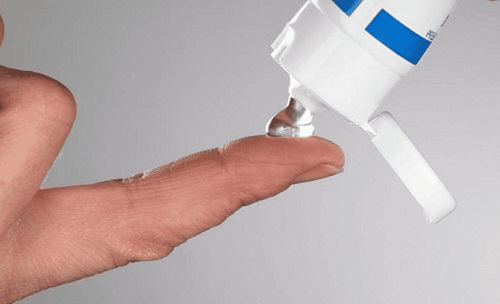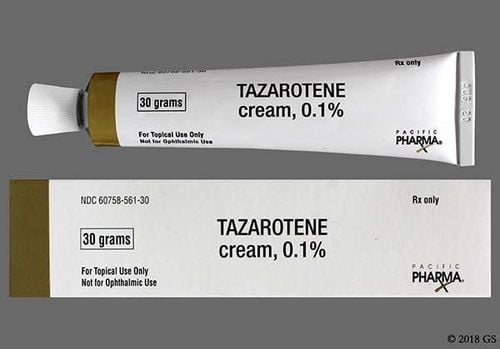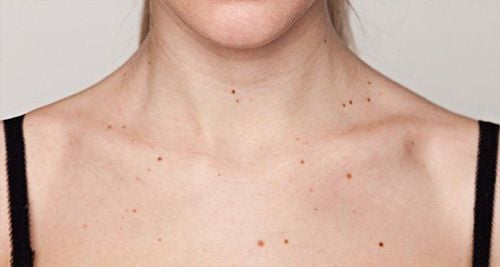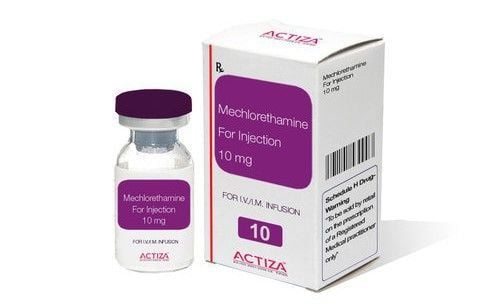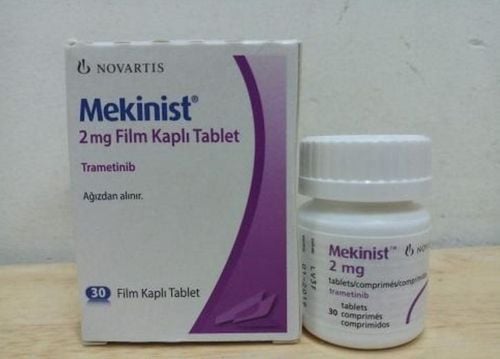This is an automatically translated article.
Pigmentation of the skin is like a double-edged sword, both beneficial to health and a factor affecting the aesthetics of the skin. Skin pigmentation can be disturbed by conditions such as genetics, diseases, endocrine metabolism, nutrition... and cause disease conditions due to pigment disorders: Melasma, freckles, dark skin , vitiligo, vitiligo.
1. What is skin pigmentation?
Pigmentation is the color of a person's skin, when that person is healthy their skin color will appear normal. Skin melanocytes include:
Melanocytes.: These are embryonic cells that are capable of producing pigment (melanin blaster). Melanocytes: These are cells that both produce and contain mature pigment. Melanophore: This is the cytoplasmic organelle that functions by macrophages to capture and store pigment. In case of diseases or abnormal conditions, skin color can change color such as becoming darker - hyperpigmentation or becoming lighter - hypopigmentation.
2. Hyperpigmentation and skin tone
Hyperpigmentation in the skin is caused by an increase in melanin - the substance in the body responsible for the color of the skin (pigment). Certain conditions cause hyperpigmentation such as: pregnancy, addison's disease - decreased function of the adrenal glands,... They can cause the greatest production of melanin and cause hyperpigmentation Sun damage or exposure to sunlight is also a cause of hyperpigmentation and will darken the skin in already hyperpigmented areas.
Hyperpigmentation can also be caused by various drugs including: antibiotics, antiarrhythmics and antimalarials.

Tăng sắc tố do sử dụng thuốc kháng sinh
3. Melasma
An example of hyperpigmentation is melasma, which is characterized by brown or tan patches, most commonly on the face. The cause of melasma can occur in pregnant women and is often referred to as the “mask of pregnancy”. However, men can also develop the condition. Melasma in pregnant women can sometimes disappear after pregnancy. Furthermore, it can also be treated with some prescribed creams such as hydroquinone.
If you have melasma, try to limit your sun exposure. When going out, wear a wide-brimmed hat and use sunscreen at all times, and sunscreen should have an SPF of 30 or higher. Because sunlight will make your condition worse.
In addition, sunscreens that contain physical inhibitors such as: Zinc oxide or titanium dioxide are also very helpful in blocking daylight's UVA rays - which is what makes hyperpigmentation more visible. worse than.

Nám da ở phụ nữ mang thai
4. Reduce pigmentation and skin
Hypopigmentation in the skin is the result of a decrease in the production of the pigment melanin. A few examples of hypopigmentation include:
Vitiligo : Vitiligo causes white and smooth patches on the skin. In some people, these white patches can appear all over the body. It is an autoimmune disorder in which pigment-producing cells are damaged. Vitiligo does not have a complete cure, but there are several treatments available, including: use of cosmetic cover-up, corticosteroid cream, calcineurin inhibitor (Elidel cream, Protopic ointment) or treatment. by ultraviolet rays. New topical treatments such as Janus Kinase inhibitors are being studied. Albinism: Albinism is a rare genetic disorder. The cause of the disease is the absence of an enzyme that produces the pigment melanin. This condition results in a complete lack of pigmentation in the skin, hair and eyes. Furthermore, people with albinism have an abnormal gene that restricts the body's production of melanin. There is no cure for albinism. People with albinism should use sunscreen at all times because the skin is more likely to be damaged by the sun and can cause skin cancer. These pigmentation disorders can occur in any race and in any location, but albinism is most common in white people. Loss of pigmentation due to skin damage: If you have skin infections, blisters, burns, or other lesions on your skin, your skin may lose pigmentation in the affected areas. However, this depigmentation is usually not permanent for the skin, but it can take a long time to regenerate the skin's pigmentation. To limit this loss of pigmentation, cosmetics can be used to cover areas of the skin that have lost pigmentation, while the body is doing the re-pigmentation process for the skin. Vinmec International General Hospital with a system of modern facilities, medical equipment and a team of experts and doctors with many years of experience in medical examination and treatment, patients can rest assured to visit. and hospital treatment.
To register for examination and treatment at Vinmec International General Hospital, you can contact Vinmec Health System nationwide, or register online HERE.
Reference source: webmd.com
SEE MORE
How to choose sunscreen for oily skin What does oil blotting paper do? What should I do when I have acne?




